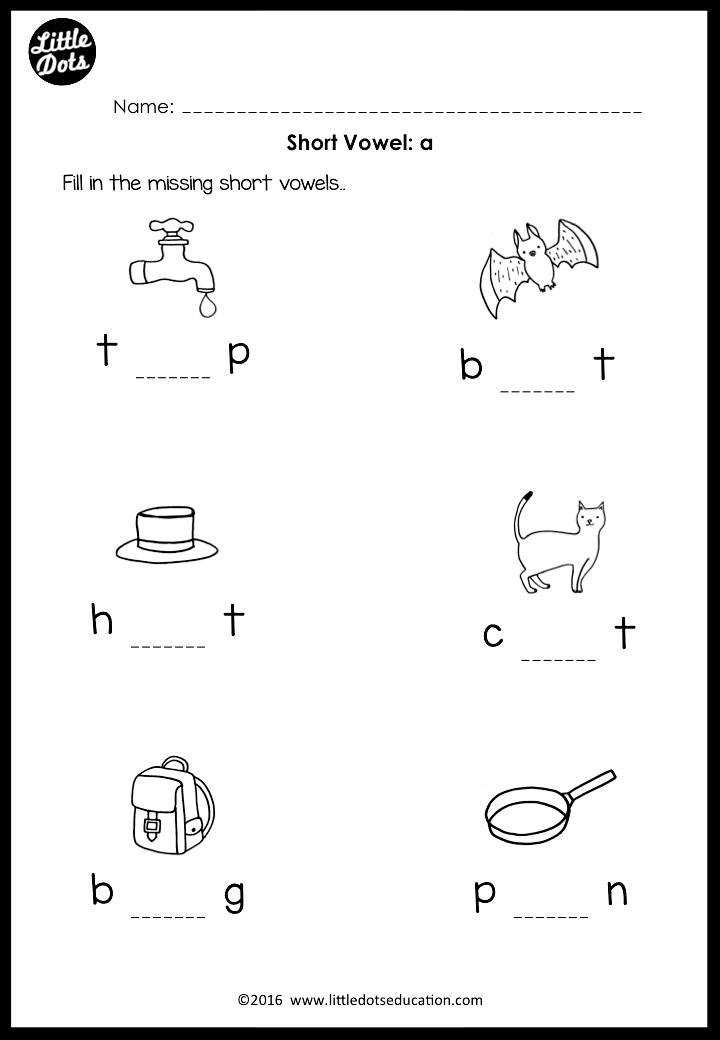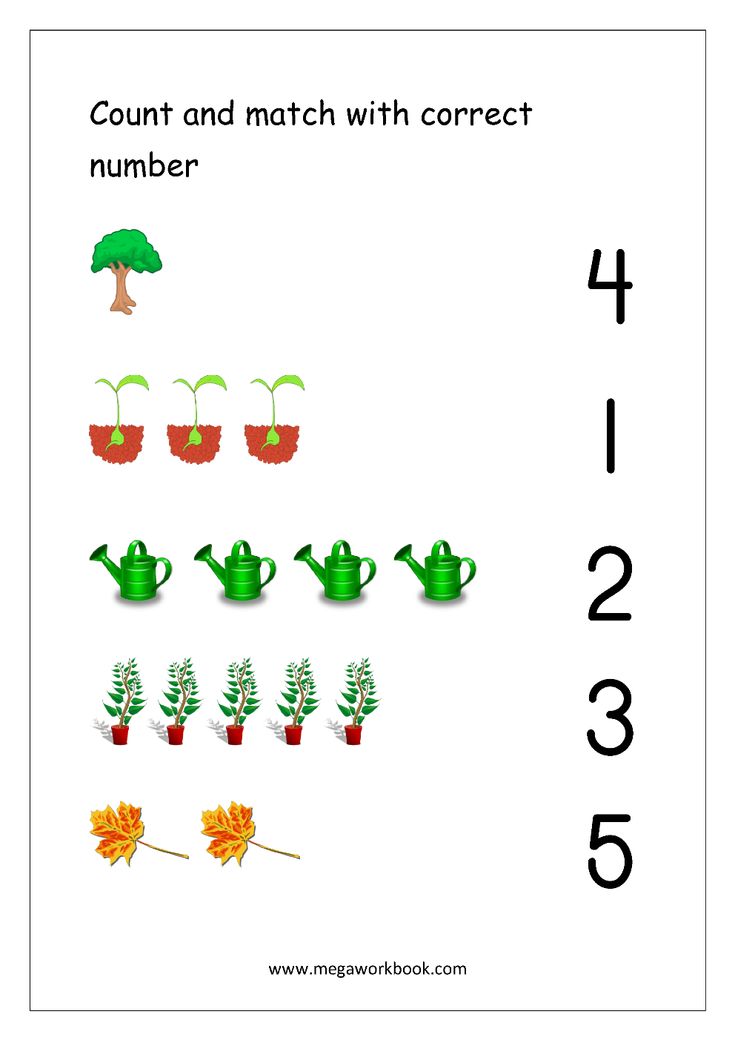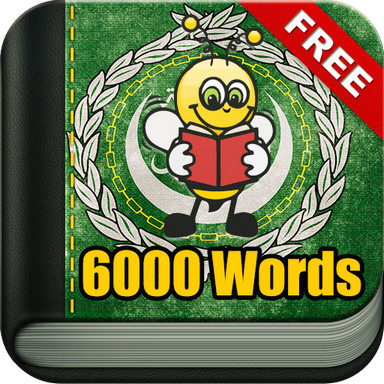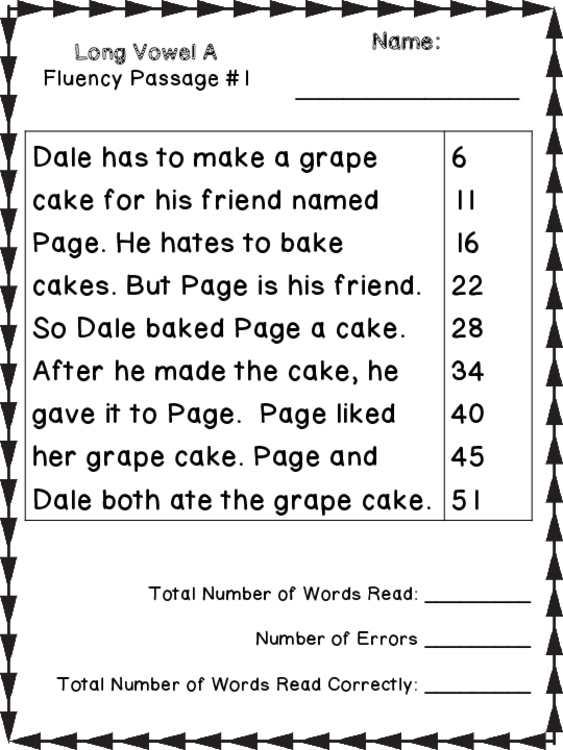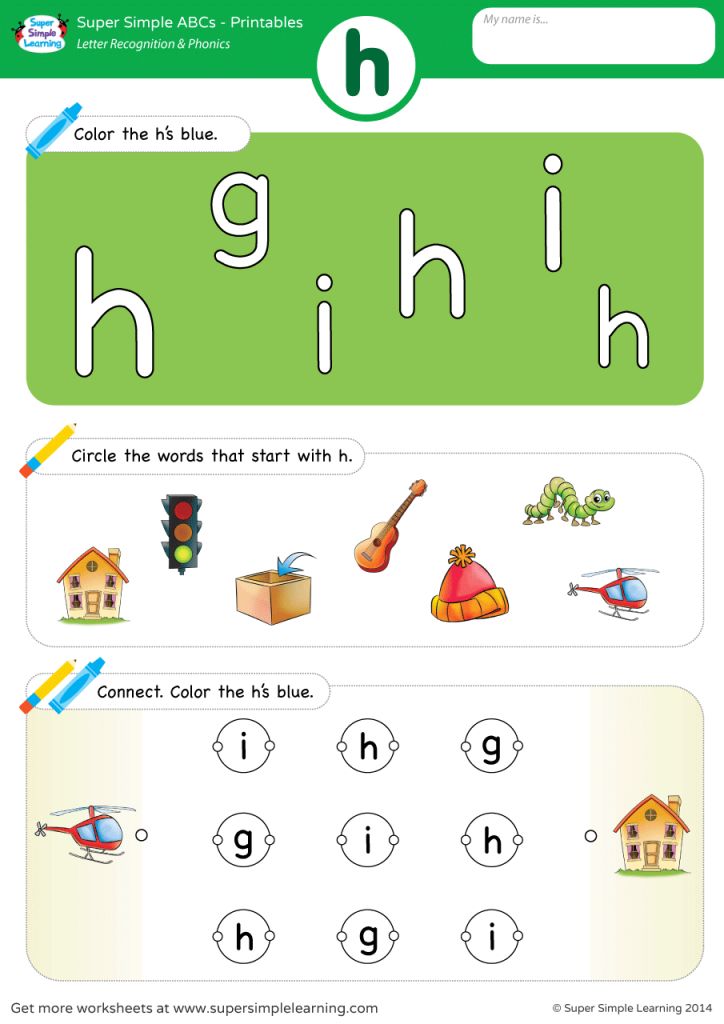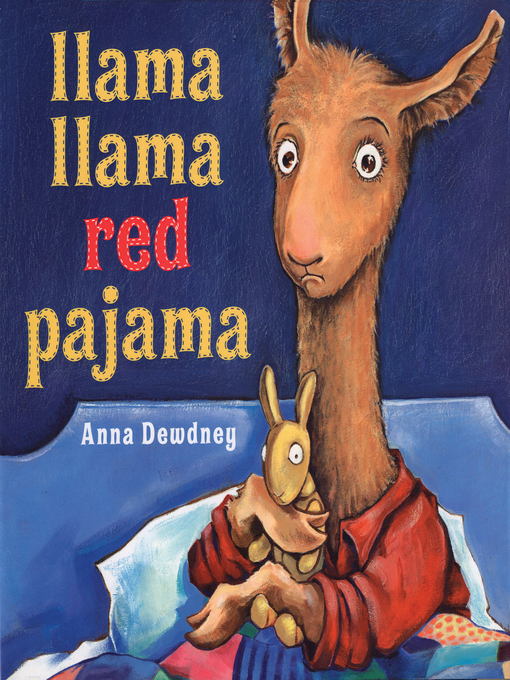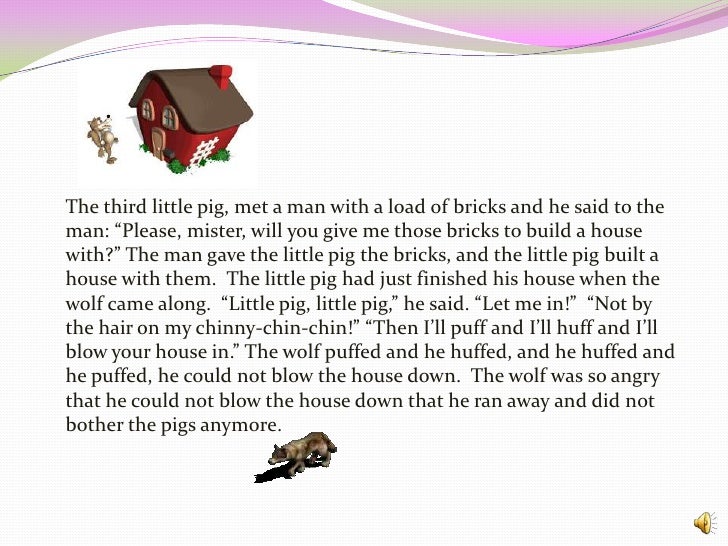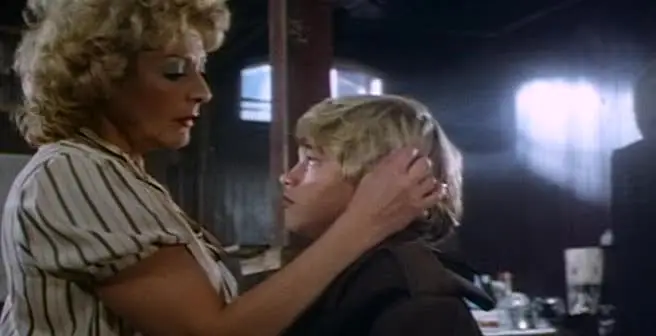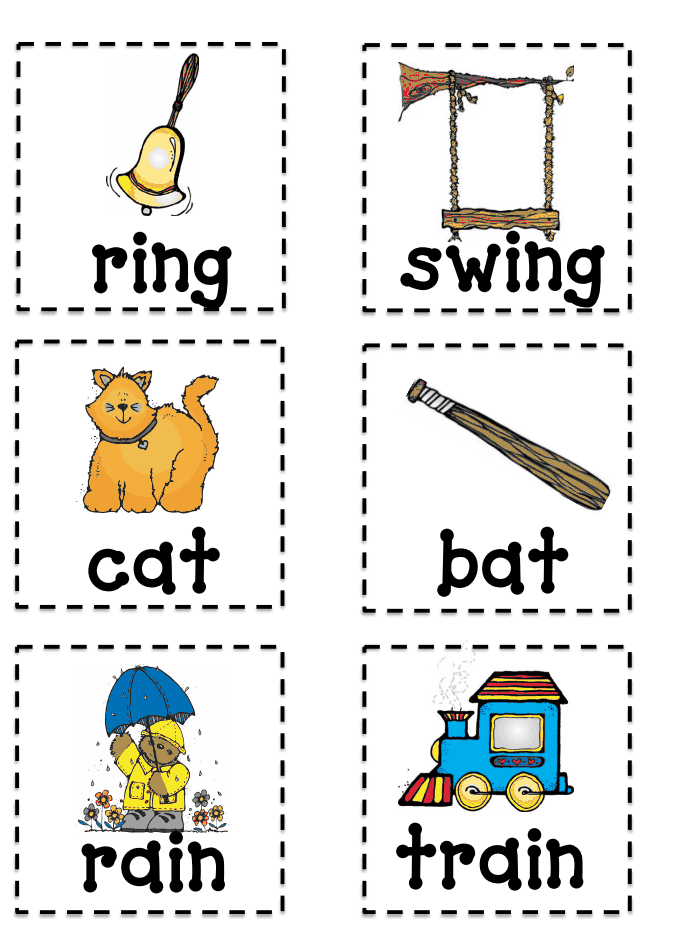Short vowel sounds activities
Fun and Quick Short Vowel Activities
Short vowel sounds tend to be fairly difficult for students to learn. They may have trouble distinguishing some of the sounds, such as ‘i’ and ‘e.’ This means they need lots of practice, using fun and quick short vowel activities for listening and also for reading.
When students start out with a weakness in the discrimination of vowel sounds, it follows that their spelling will suffer. And until they can master these sounds they will unfortunately struggle with reading across all grade levels.
Easy Short Vowel Activities
Teaching with visual and kinesthetic activities are effective ways to help your students with short vowels sounds.
Sand WritingPrepare this activity well in advance by starting a collection – a pack of paper plates is probably cheapest, but you can use anything you have spare – sand trays don’t need to be pretty! Add salt or sand – colored sand is always great fun! Just pour some sand onto your chosen objects for each of your students.
Then say a short vowel sound, or a word containing that sound. Students can then write the letter in the sand while saying the sound and/or letter name. Another option for sand writing is to use the free Sand Draw app! Definitely less messy! Add magnetic letters for those students who still require some help with letter formation.
This simple but effective activity is a quick way for students to practice distinguishing short vowel sounds. You will need some picture cards. Have students work with no more than 2 or 3 sounds at a time. They can sort the pictures into columns or rows based on the vowel sound. They should then name each picture and say the vowel sound aloud.
Short Vowel Craft Stick ‘Puppets’These are super fun to make! Every classroom usually has loads of these lying around in boxes somewhere! Perfect for craft, but also perfect to make fun short vowel ‘puppets’ – students just love them! If you don’t have any, they can be bought cheaply from Amazon.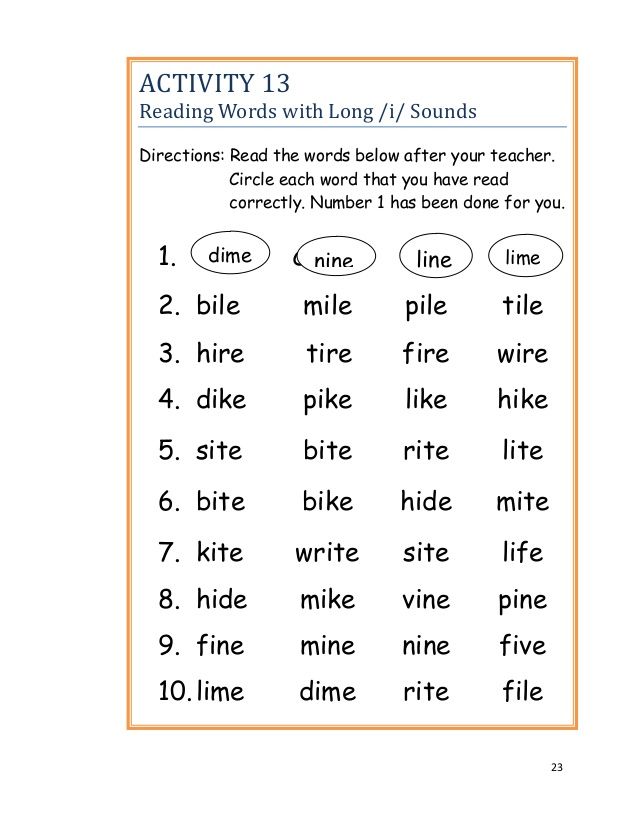 I use the giant craft sticks, as these are less fiddly for little hands.
This pack of 500 is a great deal with a 43% discount (affiliate). The teacher should say a word, students repeat the word, identify the short vowel sound and hold the correct ‘puppet’ aloft. Begin by asking them to say the sound as they hold up their puppets, but this could also be extended to the letter name and sound. Example: A says /a/
I use the giant craft sticks, as these are less fiddly for little hands.
This pack of 500 is a great deal with a 43% discount (affiliate). The teacher should say a word, students repeat the word, identify the short vowel sound and hold the correct ‘puppet’ aloft. Begin by asking them to say the sound as they hold up their puppets, but this could also be extended to the letter name and sound. Example: A says /a/
When completing these sorts of activities, students can often appear to be successful, but it is important to remember that the real test comes when they actually begin to apply their learning in the context of reading ‘real’ texts. However, many students may require a transition stage, where they practice fluency first. Fluency strips are the perfect solution! They read a strip full of words, where the short vowel changes with each word. Students are required to pay very close attention to the changes.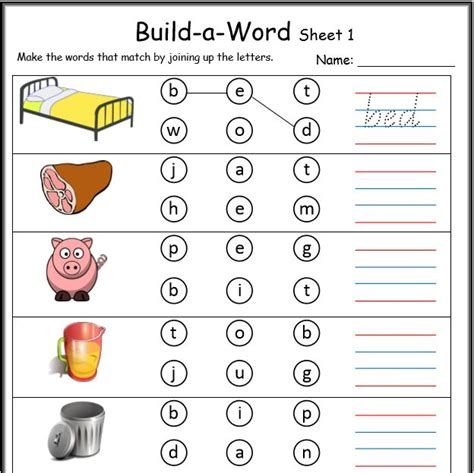 This type of activity is great for transitioning to ‘real text’. They are also useful in small group work, where students can demonstrate the progress they are making with accuracy and pace.
This type of activity is great for transitioning to ‘real text’. They are also useful in small group work, where students can demonstrate the progress they are making with accuracy and pace.
extension game
Short ChunksUse letter cards or magnetic letters to make word chunks with the vowel sounds. For example, you can chunk ‘a’ and ‘m’ together to make -am. Then brainstorm to make as many words as you can out of that chunk, such as ‘ham’ or ‘ram.’ There are so many variations of short chunks in this activity that you may want to do a quick 5 minutes in the morning or before dismissal. I have also completed this activity in teams, with a timer – rewards for winners should be made clear beforehand!
Incorporating CVC practice all year long, in as many ways as possible, will set your students on the road to being good readers. How do you practice short vowel sounds?
you may also be interested in reading:
- Fun Ways To Teach CVC Words
- Ideas for Teaching Digraphs
cvc resources you may wish to explore:
CVC Words Cut and Glue Worksheets | Short Vowels | Word Families
CVC Words | Small Group or Center Activities | Real and Nonsense Words
CVC Words Class Games | Bingo | Write The Room | Follow Me
CVC Words Center | Write and Wipe Cards | Word Work Activity
CVC Words Family Houses
CVC Words Family Houses Activity Worksheets
CVC Words | Word Families | Worksheets Games and Center Activities | BUNDLE
5 Easy Short Vowel Activities to Make Your Phonics Lesson POP! -
Let’s chat about 5 easy short vowel activities that will pop in your classroom.
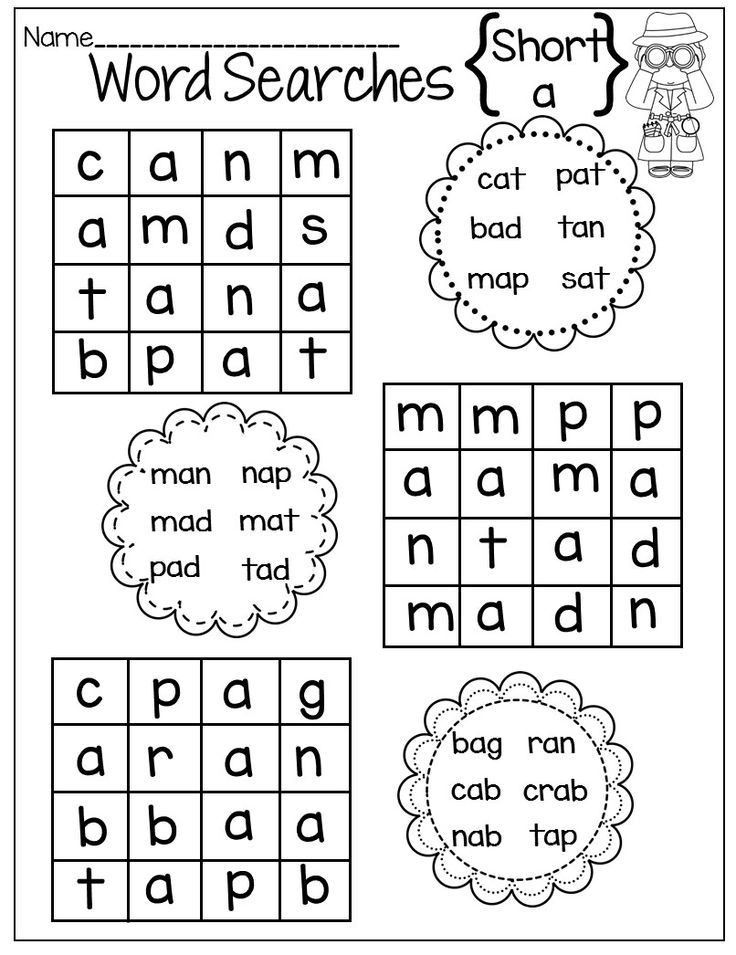 I know sometimes these short vowel lessons can get a little boring in the classroom. Do you ever get bored teaching short vowel lessons?
I know sometimes these short vowel lessons can get a little boring in the classroom. Do you ever get bored teaching short vowel lessons?We’ve talked about teaching phonics explicitly during reading instruction…it’s important!
What is the Difference Between Short Vowels and Long Vowels?
After reading the article from Classroom, they sum it well, “As the name would imply, short vowels have a much shorter pronunciation than long vowel sounds.”
Short vowels will make a shorter sound, whereas long vowels have a longer sound, saying the vowels’ exact name. Long vowel sounds allow the speaker to move their mouth from a closed position to an open one.
When dealing with short vowels, it will be 1 vowel closed in by a consonant or consonants. Examples: man, wet, fish, tub, moth
Long vowels have many more complicated spelling patterns. There are vowel teams, the magic e, open syllables, and more!
What are the Short Vowels?
As Classroom states, “Short vowels produce only one sound and do not require the speaker to open his mouth very wide.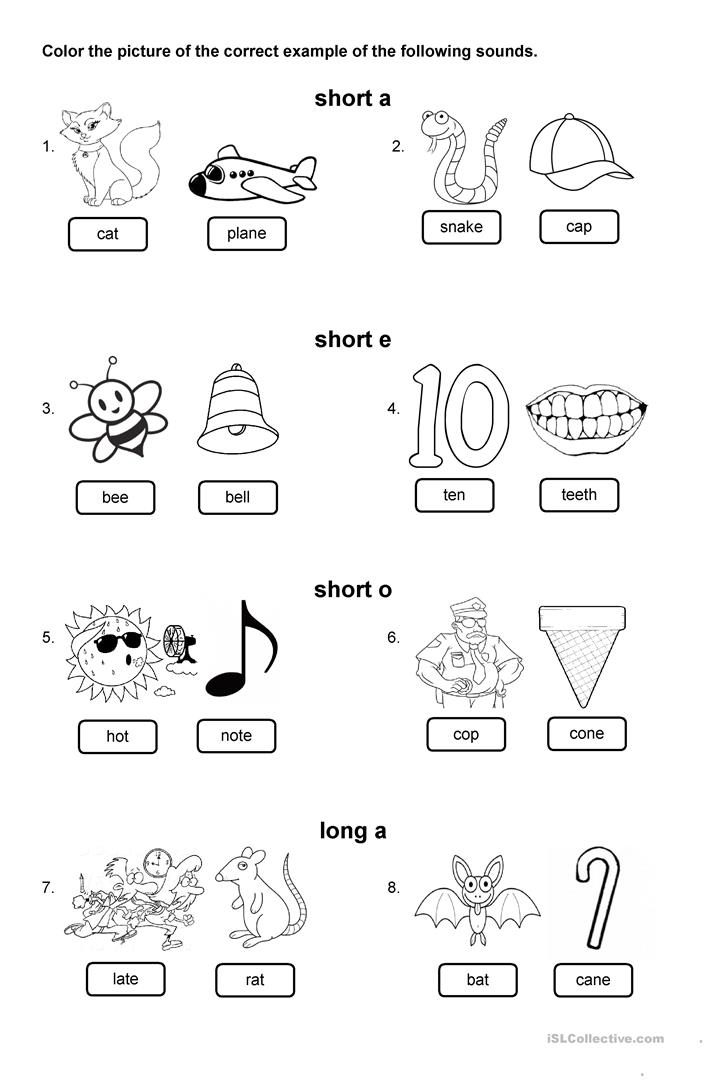 The speaker’s jaw is relaxed and barely moves during the production of short vowel sounds. The speaker’s tongue is placed in different positions but is also usually relaxed. Short vowels can occur in stressed syllables, such as “o” in offer, or unstressed syllables, like the first “o” in tomato.”
The speaker’s jaw is relaxed and barely moves during the production of short vowel sounds. The speaker’s tongue is placed in different positions but is also usually relaxed. Short vowels can occur in stressed syllables, such as “o” in offer, or unstressed syllables, like the first “o” in tomato.”
As a former first-grade teacher and current reading specialist, I like to start the school year off by teaching the short vowel sounds. What are the short vowels? A, E, I, O, and U!
The vowels are closed in by a consonant or consonants to make the short vowel sound. Watch this video on my Instagram to see it in action! Read more to learn more about the 5 Easy Short Vowel Activities!
5 Easy Ways to Teach Short Vowels
Using a sand tray to practice letters and perfect to practice short vowels. An example of using a vowel intensive drill to practice short vowel sounds. Using a house to practice open and closed syllables.Let’s discuss 5 easy short vowel activities! These 5 ideas will help the students grasp the concept of short vowels while having fun!
- Add Movement! When you teach the short vowel sounds, incorporate a movement for each sound.
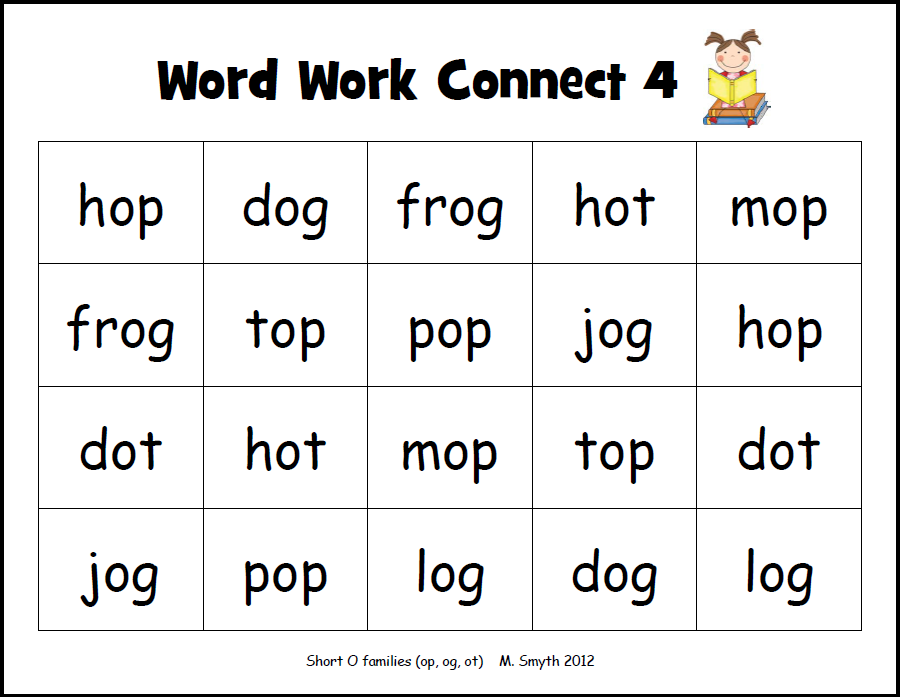 For example, for the short a sound…students can place their hand under their chin to feel the movement. Multi-sensory techniques will help make more brain connections as the students these short vowel sounds.
For example, for the short a sound…students can place their hand under their chin to feel the movement. Multi-sensory techniques will help make more brain connections as the students these short vowel sounds. - Closed Syllable Houses! Have the students make a little house with a door. Cut the door so it opens and closes. Laminate to reuse! Write CVC words onto the house to show how the consonant closes in the vowel and makes the vowel. This post will explain more about open and closed syllables! Here is my Instagram Reel that shows closed syllables in action.
- Sand Trays! Pour sensory sand or play sand onto a tray or plate. The teacher will say a sound, the students will write the corresponding vowel into the sand. Step it up by having the teacher say a word, the students will write the vowel into the sand.
- Vowel Intensive Drill: In Orton Gillingham, a wonderful way to practice the short vowel sounds is the vowel intensive drill.
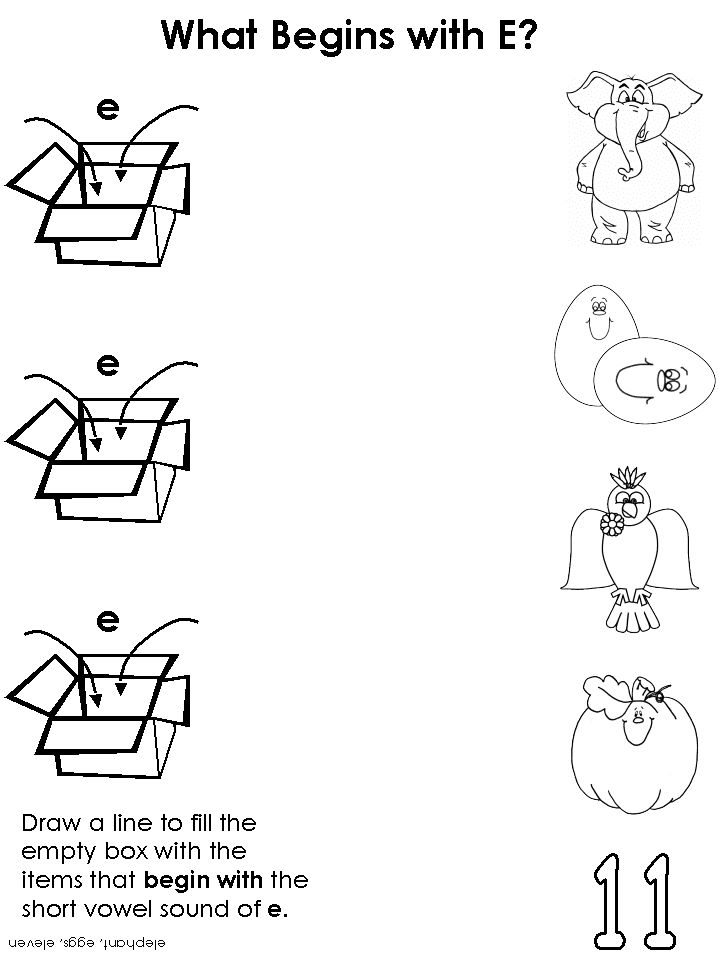 Each student will have the 5 vowels on separate notecards, in a little tent. See the photo below! The teacher will say a short vowel sound, the students will hold up the corresponding card. For example, if the teacher will say /ă/, the students will hold up the card. The students love this practice and it is a perfect multi-sensory activity.
Each student will have the 5 vowels on separate notecards, in a little tent. See the photo below! The teacher will say a short vowel sound, the students will hold up the corresponding card. For example, if the teacher will say /ă/, the students will hold up the card. The students love this practice and it is a perfect multi-sensory activity. - Use Visuals! Try out my teaching slideshow, “We Love Short Vowels”. It provides example words for each short vowel. The students can practice reading many words as they learn all about the short vowels. It also includes corresponding worksheets to practice each short vowel.
I hope you can incorporate some of the 5 Easy Short Vowel Activities in your own classroom.
Can’t I Just Teach Word Families?
Years ago as a teacher, I would begin each school year teaching word families. To begin, I’m not saying word families can’t have a place in the classroom, but it can’t be the only way short vowels are taught. Use word families as a strategy to teach short vowels, but not the ONLY way!
Use word families as a strategy to teach short vowels, but not the ONLY way!
All About Learning Press has an argument against relying solely on word families in your teaching.
“If you stop there—just teaching word lists grouped by word families—you will be severely disappointed in your teaching efforts.
Why? Because if you use word families incorrectly, students may end up just following the “pattern” of that particular lesson, blindly zipping through the spelling words without really learning them. What you intended to be educational and insightful becomes an exercise in following patterns—and the time you spent teaching spelling goes down the drain because your child can’t actually spell those words outside of the neatly organized list.
Another downfall of overemphasizing word families is the risk that your child will pay too much attention to the ends of words, skipping over the first part of the word to get to the answer. Instead, we want the student’s eye to start at the beginning of the word and move to the end of the word.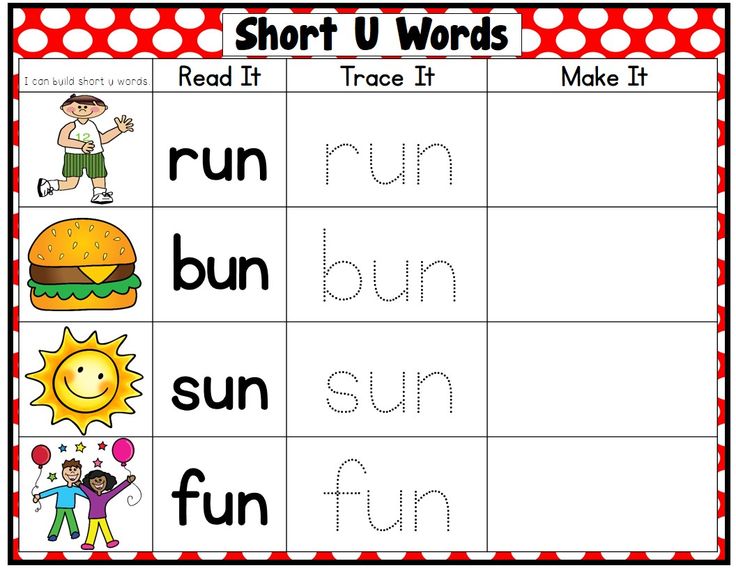 Encouraging his eye to start at the end of the word and then jump back to the beginning of the word is reinforcing incorrect eye movement. We don’t want to reinforce dyslexic tendencies.”
Encouraging his eye to start at the end of the word and then jump back to the beginning of the word is reinforcing incorrect eye movement. We don’t want to reinforce dyslexic tendencies.”
“Use word families as a strategy to teach short vowels, but not the ONLY way!”
-RIndy Roberts, Learning with heart
By teaching the students to look from the beginning of a word to the end of a word, will be beneficial when they come to words with suffixes.
What about the science of reading?
I made a free guide for teachers and parents to make it easy to incorporate the Science of Reading with their students. The research behind the Science of Reading is so intriguing and I wanted to share how I incorporate it daily into my instruction.
I wanted to make it SIMPLE for teachers to make this shift to teaching phonemic and decoding skills explicitly.
Short Vowels & The Science Reading?
The science of reading is key when you are teaching.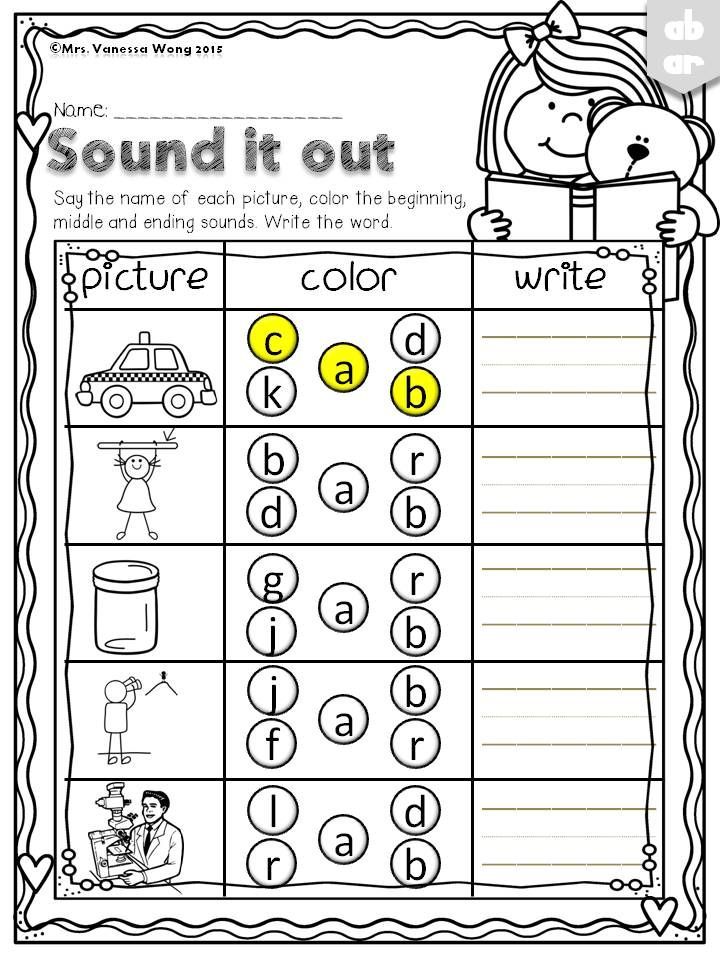 First, based on much research, teaching phonics explicitly will benefit all children. According to Secret Stories, “Decoding is essential to reading. It allows kids to figure out most words they’ve heard but have never seen in print, as well as sound out words they’re not familiar with. The ability to decode is the foundation upon which all other reading instruction—fluency, vocabulary, reading comprehension, etc… are built.”
First, based on much research, teaching phonics explicitly will benefit all children. According to Secret Stories, “Decoding is essential to reading. It allows kids to figure out most words they’ve heard but have never seen in print, as well as sound out words they’re not familiar with. The ability to decode is the foundation upon which all other reading instruction—fluency, vocabulary, reading comprehension, etc… are built.”
“Teaching phonics explicitly will benefit all children.”
The Orton Gillingham approach uses multi-sensory learning techniques to teach decoding, encoding, and blending sounds to build successful readers. Based on the Orton-Gillingham Academy, “The Orton-Gillingham Approach is a direct, explicit, multisensory, structured, sequential, diagnostic, and prescriptive way to teach literacy when reading, writing, and spelling does not come easily to individuals, such as those with dyslexia. It is most properly understood and practiced as an approach, not a method, program, or system.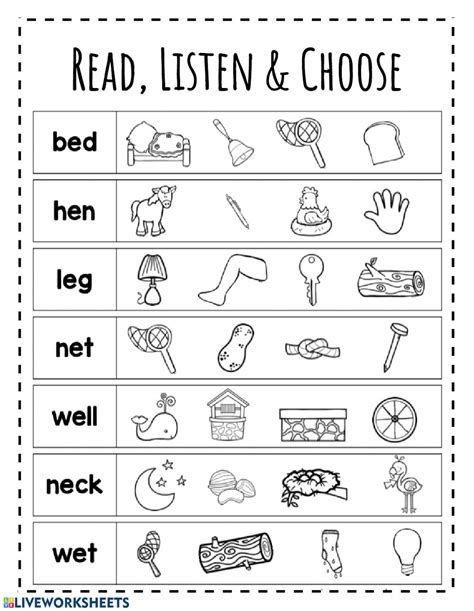 In the hands of a well-trained and experienced instructor, it is a powerful tool of exceptional breadth, depth, and flexibility.”
In the hands of a well-trained and experienced instructor, it is a powerful tool of exceptional breadth, depth, and flexibility.”
I have been using the Orton Gillingham approach in my classroom for 3 years now. By using this multi-sensory learning approach, the students are more likely to grasp and retain what they learn. Read more about why I love Orton Gillingham here!
Orton Gillingham phonics program has made such a difference in my classroom. It is a multi-sensory phonics curriculum. In the first grade curriculum, it builds on the correct letter formation in handwriting and the sounds the letters make.
The Orton-Gillingham Approach is multi-sensory and structured to teach reading, writing, and spelling.
It is commonly used for students with dyslexia, but can be used to help all students feel more confident when they read and write!
Resources to Help With Short Vowels
I have created the “We Love Phonics” program to make it easier for teachers to introduce and teach phonics skills.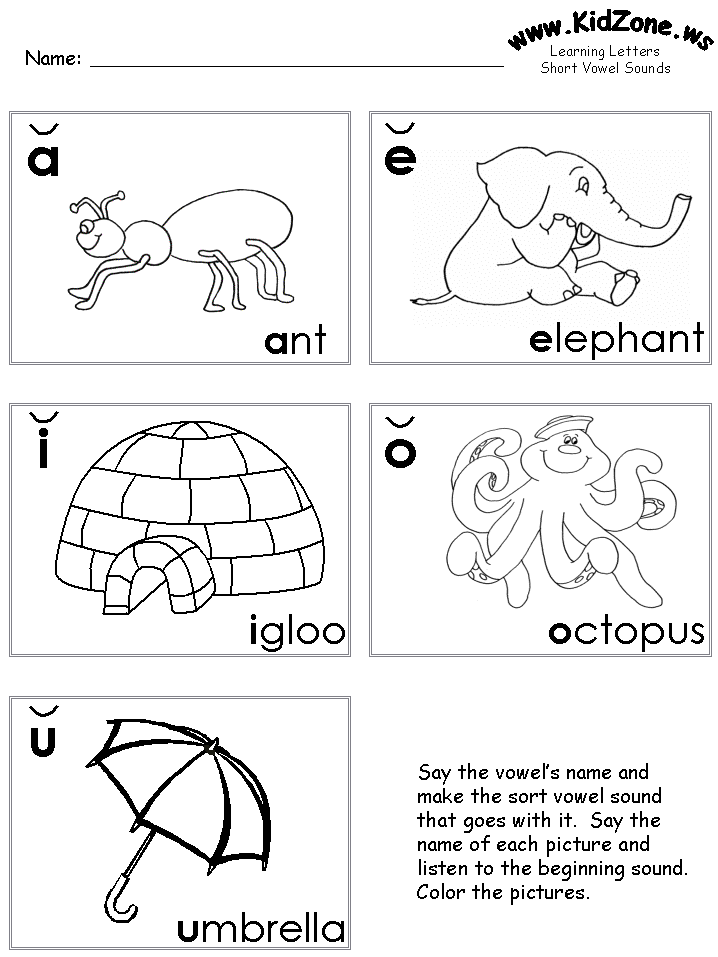 I have created a resource that will guide you for an entire school year, with lesson slideshows and worksheets that correspond to each skill.
I have created a resource that will guide you for an entire school year, with lesson slideshows and worksheets that correspond to each skill.
The short vowel resource will cover all 5 easy short vowel activities. The Open/Closed Syllable resource will explain how to break words into syllables, and the explanation of closed syllables with the short vowel sound. What are your favorite ways to teach short vowels?
This product will help with the steps to distinguish between open and closed syllables.Would you like the FREE Science of Reading Guide? Check out this FREEBIE!
Long and short vowels in English
Longitude is one of the characteristics of a vowel sound, which shows the relative duration of its sound compared to other sounds.
Longitude can be positional and phonemic. In the first case, the duration of the vowel depends on the position in the word and stress, while this characteristic does not affect the meaning. The phonemic length of a vowel has a semantic function, that is, depending on the length of the sound, the meaning of the word changes.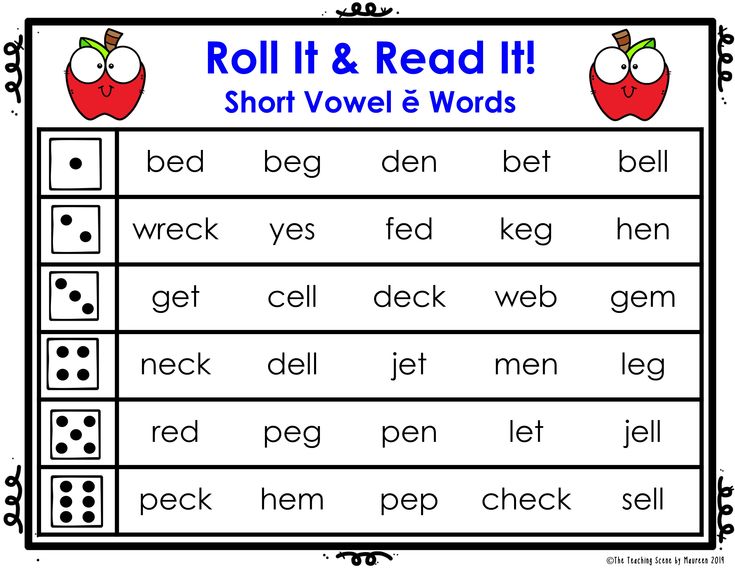
Length of vowel sounds in English
In Russian, the length of vowel sounds does not affect the meaning of words and changes only depending on stress. In English, vowels differ not only in positional but also in phonemic length. This means that long and short sounds, similar in other characteristics, represent different phonemes. Words that differ only in these phonemes have different meanings: ship - sheep , fit - feet , pull - pool . Therefore, it is so important to pronounce long and short sounds correctly.
In transcription, long vowels are indicated with a colon: [i:], [α:], [ɔ:], [u:], [ә:]. In some cases, long vowels in an unstressed position are reduced and become semi-long, which in transcription is indicated by one dot from above: [α ].
The long vowels listed above are opposed to short vowels, forming the following pairs in English:
- [i:] - [ı]
- [uː] - [u]
- [ɔ:] - [ɒ]
- [α:] - [ʌ]
- [ә:] - [ə]
The pronunciation of long and short English vowels often causes difficulties for Russian learners of English, since in Russian vowels do not have phonemic longitude, and we are not used to distinguishing the length of a vowel sound by ear.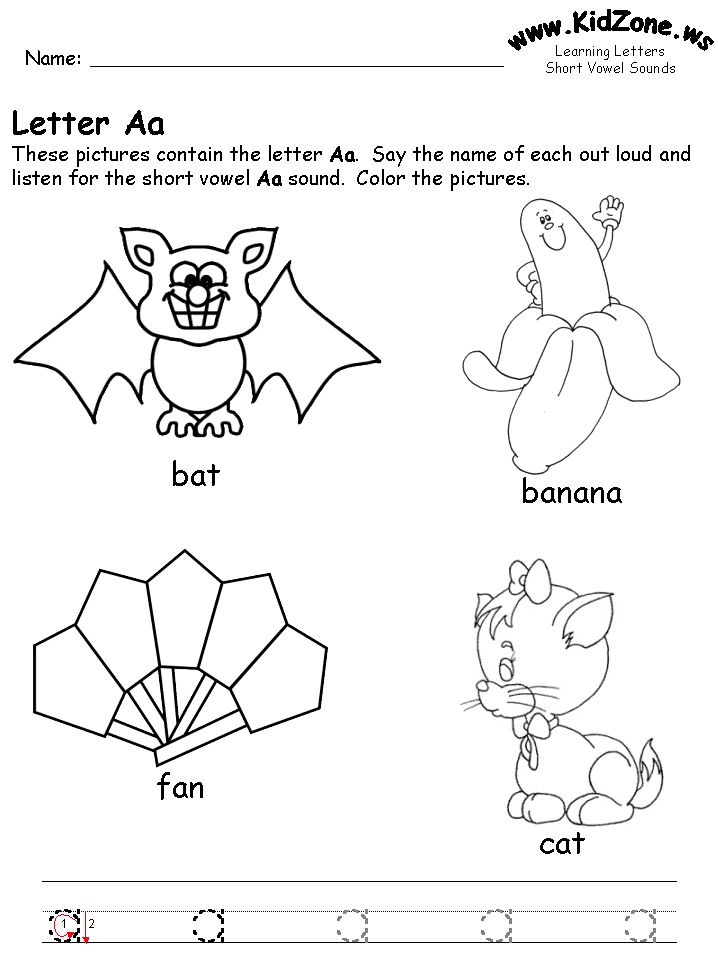 We often do not hear the difference between long and short vowels when listening to English speech. It is still not clear how long you need to draw a sound when speaking, so very unnatural, or almost inaudible, or too long vowels are obtained. It is impossible to correctly pronounce short and long sounds so that a native speaker hears the difference, even if you diligently shorten short vowels and stretch out long ones.
We often do not hear the difference between long and short vowels when listening to English speech. It is still not clear how long you need to draw a sound when speaking, so very unnatural, or almost inaudible, or too long vowels are obtained. It is impossible to correctly pronounce short and long sounds so that a native speaker hears the difference, even if you diligently shorten short vowels and stretch out long ones.
Sometimes it seems that native speakers themselves do not know the difference between short and long sounds, they seem to pronounce them the same way - but they themselves understand each other. But it's not. Let's see what are the differences between long and short English vowels, how to learn to hear them and how to train their pronunciation.
Differences between long and short English sounds
It is logical to assume that if vowels are called long or short, they differ in sound length. This is the main difference between them, but not the only one.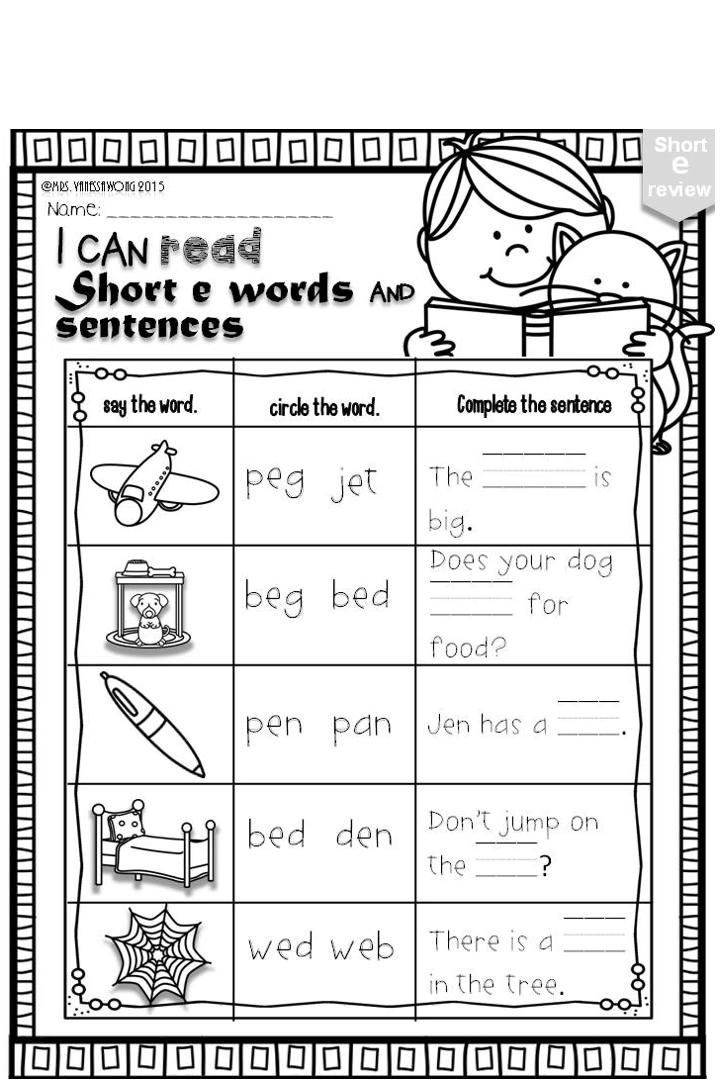 It is important to understand that long and short sounds have other differences, which consist in articulatory features. This means that the sounds are not just of different lengths, they are also different in sound. And most often it is these articulatory features that determine the length of the vowel sound: the duration of the sound depends on the position of the tongue and the tension of the vocal apparatus.
It is important to understand that long and short sounds have other differences, which consist in articulatory features. This means that the sounds are not just of different lengths, they are also different in sound. And most often it is these articulatory features that determine the length of the vowel sound: the duration of the sound depends on the position of the tongue and the tension of the vocal apparatus.
Long and short English vowels differ in such a characteristic as tension. Long vowels are tense, in English they are also called tense . When they are pronounced, the root of the tongue seems to be tense, under tension. The sound is pronounced, bright, rich, clear.
Short vowels are called lax – relaxed. The tongue in the region of the root is relaxed, the vowel sound is articulated quickly, easily, without additional effort, as if bursting. It turns out short, inconspicuous, faded and fuzzy.
Qualitative differences in sounds in different pairs of English vowels range from pronounced to almost imperceptible.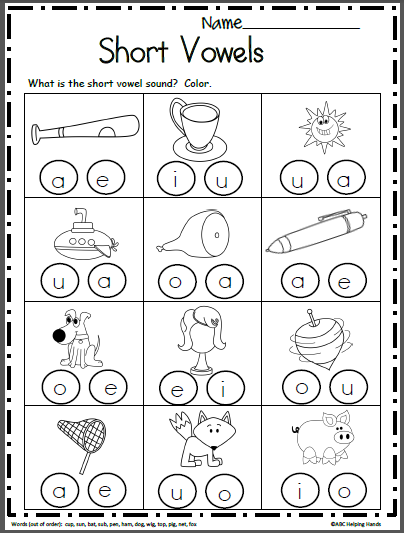 It is easy to notice the difference between long and short sounds a: pay attention to how the words cart and cut are pronounced, they differ not only in duration, but also in sound. But the differences between long and short u are almost imperceptible: pool and pull sound very similar, only slightly different in length. The Scots generally pronounce them the same way, differing only in context.
It is easy to notice the difference between long and short sounds a: pay attention to how the words cart and cut are pronounced, they differ not only in duration, but also in sound. But the differences between long and short u are almost imperceptible: pool and pull sound very similar, only slightly different in length. The Scots generally pronounce them the same way, differing only in context.
In addition, the duration of the pronunciation of vowels is also affected by positional longitude - for example, stressed or unstressed position in a word. As a result, a short vowel sound in one word may sound longer than a long sound in another word.
Thus, it is not enough to rely only on the subjective duration of a vowel sound. All the features of short and long vowels described above must be taken into account when learning English. It remains to understand how to master the pronunciation of long and short sounds in practice.
How to learn to pronounce long and short English vowels
The main mistake foreigners make when pronouncing long and short English sounds is focusing only on duration. But with this approach, it is intuitively incomprehensible where the boundary between a long and a short sound passes: you can’t measure the length of a sound with a stopwatch. When trying to artificially lengthen or shorten a vowel, the sounds are unnaturally short or drawn out.
But with this approach, it is intuitively incomprehensible where the boundary between a long and a short sound passes: you can’t measure the length of a sound with a stopwatch. When trying to artificially lengthen or shorten a vowel, the sounds are unnaturally short or drawn out.
To learn how to pronounce long and short English sounds, you need to forget about the usual terminology "long" and "short". Try not to think about the duration of the sound at all. To correctly pronounce long and short vowels, you need to focus on their articulation, and not on duration. If we correctly reproduce the pronunciation of the vowel, then the duration will turn out to be correct automatically. Remember that long vowels require more tension at the root of the tongue, while short ones are pronounced without additional effort, easily and without tension.
Pay attention to how native speakers pronounce vowels - don't watch how long they draw them out, but watch the pronunciation, the articulation, the quality of the sound.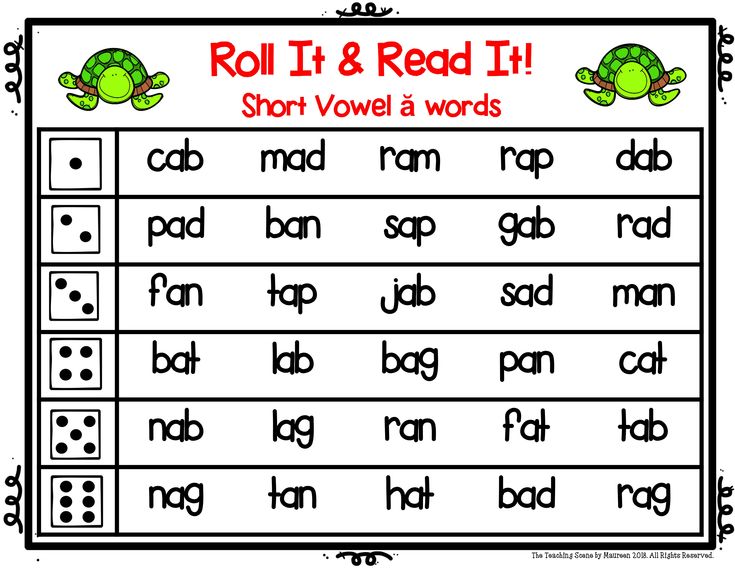 Repeat, imitate, practice. For practice, it is best to use video lessons or a conversation with a native speaker, since audio materials do not make it possible to see articulation.
Repeat, imitate, practice. For practice, it is best to use video lessons or a conversation with a native speaker, since audio materials do not make it possible to see articulation.
It is best to train long and short sounds not separately, but as part of words. First, this way you will note the influence of positional longitude on the duration of the sound in specific examples. Secondly, just as words are best learned in context, sounds are also best learned in the environment.
Practice pronunciation of long and short vowels in pairs of words to notice the difference between sounds, for example:
- Sport – hot
- Arm-cut
- See-hit
- Food-put
- Fur – ago
When you learn how to pronounce long and short vowels correctly in English, it will become easy to distinguish between them in speech. When listening to speech, forget about the differences in duration, pay attention to the qualitative differences in sounds - how intensely the vowel is pronounced, how bright or faded it sounds, how pairs of sounds differ from each other, except for duration.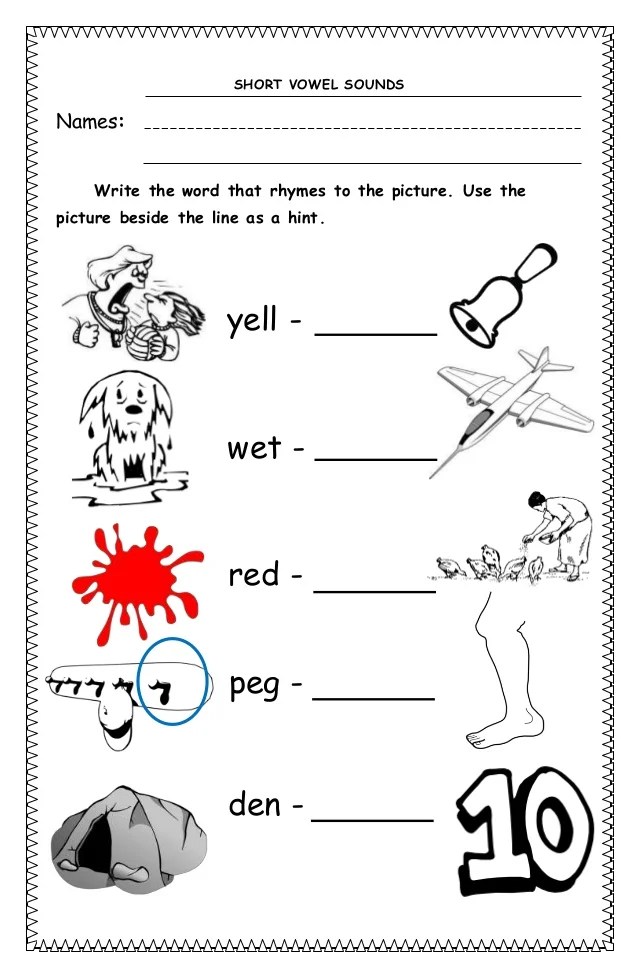
Layer cake of English sounds
Today there will be a small "cooking" master class. We will tell you what English speech consists of, what is the difference between letters and sounds and how to bake and bite it all ... Oh, that is, read and pronounce.
We will master reading transcription in English, exercises to develop this skill. You will understand what sounds are and how they are recorded. It will become easier to understand written language. Learn the rules of reading in English (exercises that will help you master difficult combinations are attached).
But first, consider a poem written by a little girl:
Visnoy tikut brooks
And the first rainfall pashol
You've probably noticed the difference between how it's written and how it SHOULD be written. From the first grade, teachers repeat to schoolchildren: not to , but to railway e But this is illogical, because it is precisely “ dosht ” that is heard in speech.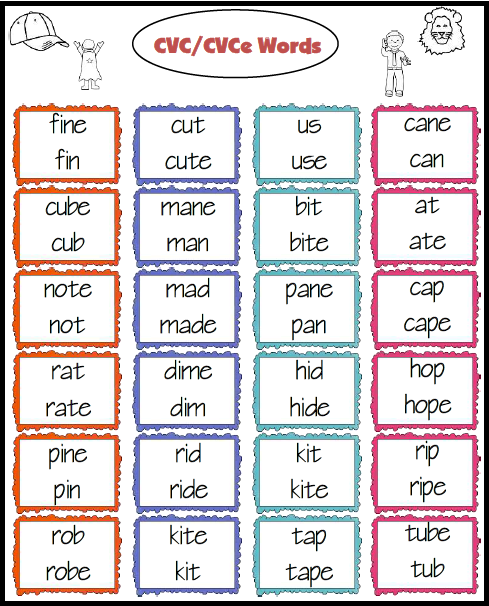
Surprisingly, there are languages in which you don't need to learn the "correct" variant. For example, in Korean or Georgian everything is as it is heard and written. Imagine how easy it is for children to live there!
Meanwhile, English-speaking students are having fun at the spelling . The conditions are as follows: the leader says the word out loud, and the contestant must pronounce it letter by letter. This is not an easy task, because the oral form often does not match the writing.
Why is it so difficult?
It's just that once English was the same as Georgian. In the sense that, as it was heard, it was written. But then changes began to occur, and the spelling rules, as it were, froze in place, remaining a kind of monument to the past.
Now we have what we have: handkerchief , conscience and pronunciation , knight , wheel and thorough . How to read such words? The first thing to do -
learn signs transcription .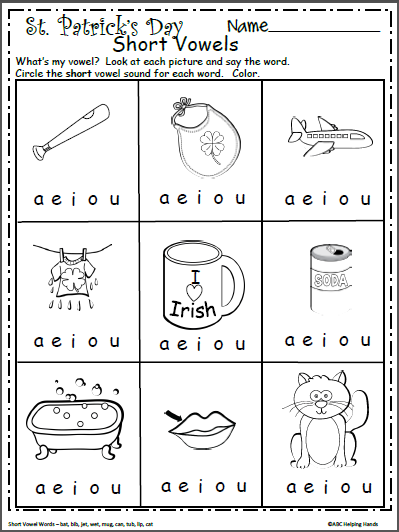
Transcription is a written expression of sounds of speech, that is, how we hear the word. Many transcription signs coincide with the usual Latin alphabet. Transcribed words are placed in square brackets:
Cold - [kold]
Knight - [naɪt]
- Emphasis deserves special attention. In English, its sign is placed before the stressed syllable, and not above the vowel, as in Russian:
[ˈæpl]
[ˈdɪfɪk(ə)lt]
- In different pronunciations, individual sounds are either pronounced or not (especially [r]). Then they are written in parentheses:
(r)
r
Bake the first layer. Consonants
Let's go back to our recipe. Consonants will be a good, solid base for our cake. They are obtained as a result of the closing of the organs of speech.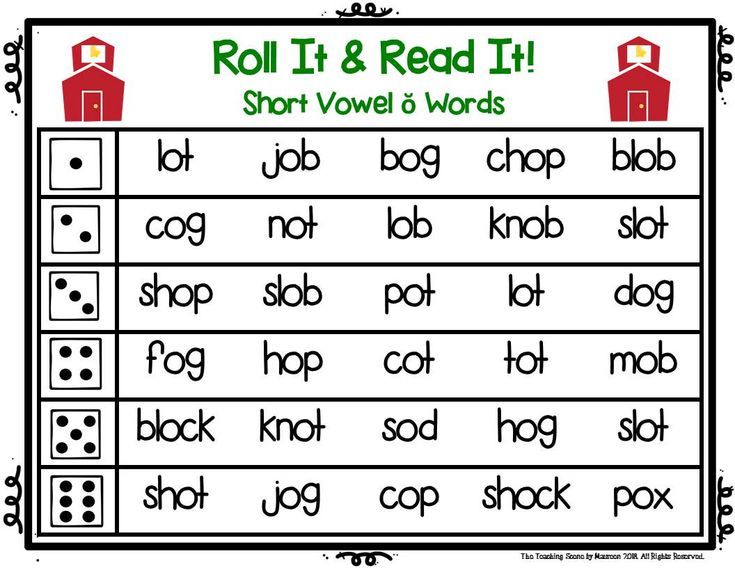
In the table you can see English consonants, approximate Russian pronunciation and examples.
Raisins. Sounds like nothing
Some sounds like d, t, m, p have Russian analogues. But there are those who are completely unfamiliar to us.
θ and ð
Sound [θ] , which really looks like a raisin - softer, inconspicuous.
[ð] is pronounced firmly and distinctly (you can probably compare it to a nut). Both sounds are interdental, that is, they are produced when the tip of the tongue is positioned between the teeth.
Both of these sounds are written in the same way - th . How to understand when to pronounce which sound?
Solid [ð] usually used in articles, pronouns and similar words, and before a vowel e:
- th e [ðə]
- th ose [ðəʊz]
- nei th er [ˈnaɪðə(r)]
- o th er [ˈʌðə(r)]
[θ] is pronounced in all other cases:
- th anks [θæŋks]
- ba th [bɑːθ]
Nasal "ŋ"
Russian-speaking people often do not pay attention to this sound.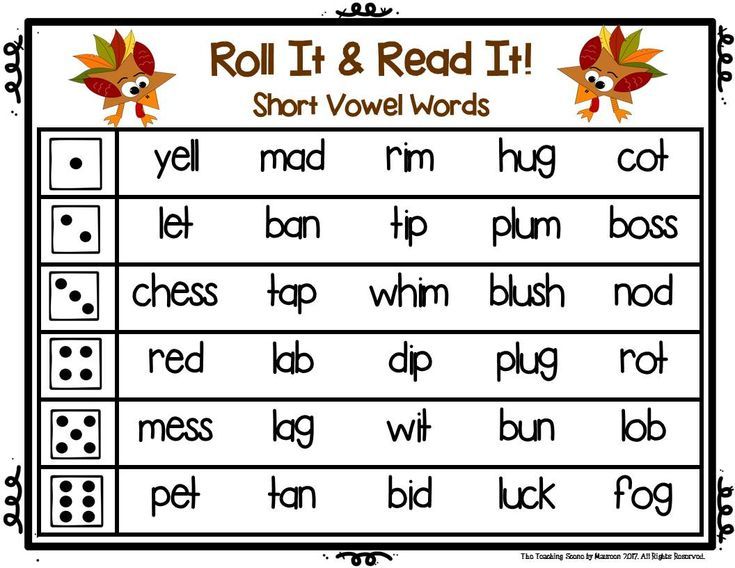 But it still exists! To pronounce it, you need to slightly lengthen the consonant n and blow air into the nose.
But it still exists! To pronounce it, you need to slightly lengthen the consonant n and blow air into the nose.
[Ŋ] occurs when there is another consonant after n :
- tha nk [θæŋk]
- cli ng [klɪŋ]
- bi ng o [ˈbɪŋɡəʊ]
"W" sound
It is very important to distinguish between w and v .
For example, wine and vine are different words ( wine and vine ). In the first case, the pronunciation will be " wine ", and in the second - " wine ".
Speak, emphasizing the difference between [w] and [v] :
- w est — v est
- w ail — v ail
- w iper — v iper
- w orse — v erse
- w iser - v isor
Rule 11 yellow iPhones
Imagine 11 ( E leven) yellow ( Y yellow) iPhones ( I phones).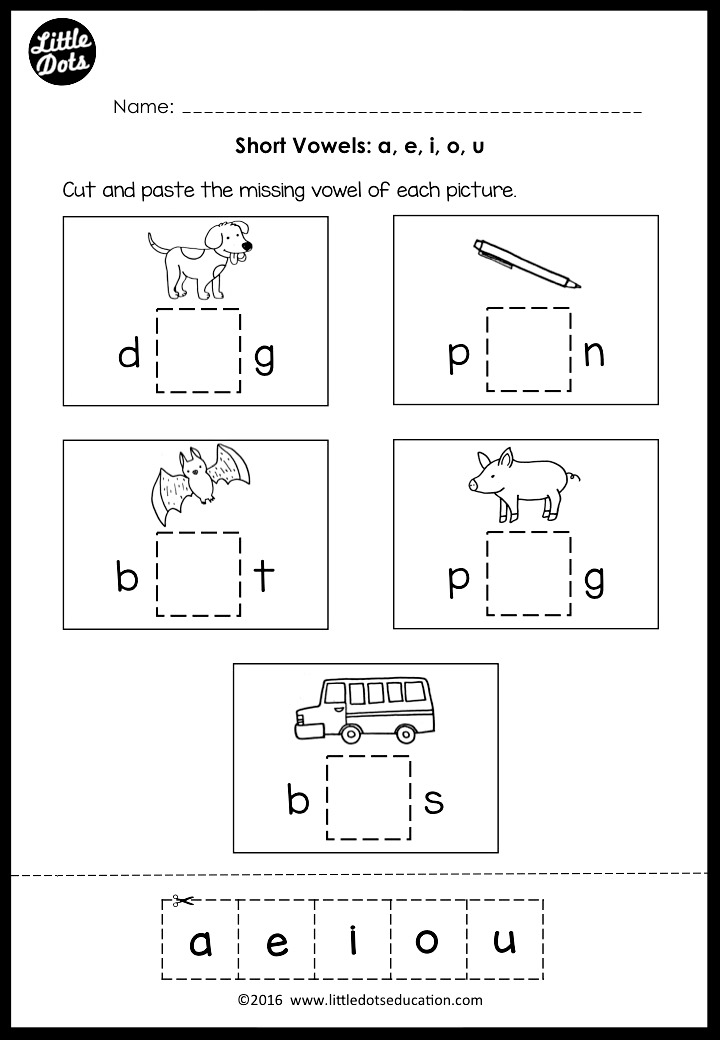 This is a "memory" for one rule of reading English (exercises will be a little further). It lies in the fact that the letters e, y and i affect the pronunciation of other letters.
This is a "memory" for one rule of reading English (exercises will be a little further). It lies in the fact that the letters e, y and i affect the pronunciation of other letters.
Before e, y, i:
- g reads like [dʒ]
- c reads like [s]
- g i ant [dʒaɪənt]
- g y m [dʒɪm]
- g e l [dʒel]
- c i nema [sinema]
- c y ber [saɪbə(r)]
- c e ase [siːs]
A few more reading recipes:
"S" between vowels
S reads like [ z ] if it is between vowels:
- sea s on [ˈsiːz(ə)n]
- mu s e [mjuːz]
- cou s in [ˈkʌz(ə)n]
In some cases, the third person singular ending -s gives the sound [z] (find out which ones).
"X". How to read the word "9" correctly0008 copier »?
X before consonants and at the end of words is read as [ks], and before a stressed vowel - [z] or [gz]:
- box [bɒks]
- mixture [ˈmɪkstʃə(r)]
- xerox [ˈzɪərɒks]
- exotic [ɪɡˈzɒtɪk]
The second layer of the English pie: vowels
These are sounds that can be stretched out. Vowels - viscous and plastic, like nougat and chocolate cream. It is on them that the intonation, the music of speech, the melodiousness of phrases depend.
English vowels are short and long. Longitude in English transcription is indicated by two dots: [ː]
There are also diphthongs - vowels consisting of two sounds.
The sound " seam " - what kind of animal is this?
[ə] ( is called " schwa " in English) is a short vowel worth mentioning separately. It appears in an unstressed position, when in the flow of speech the vowel ceases to be distinct and is almost lost. To get an idea of what this sound is like, read the word " dog ", shifting the stress very much on the second syllable to get [ sbÁka ]. That fuzzy sound that remained from the first vowel "o" will resemble sound schwa :
It appears in an unstressed position, when in the flow of speech the vowel ceases to be distinct and is almost lost. To get an idea of what this sound is like, read the word " dog ", shifting the stress very much on the second syllable to get [ sbÁka ]. That fuzzy sound that remained from the first vowel "o" will resemble sound schwa :
- a bout [əˈbaʊt]
- o ppose [əˈpəʊz]
- c o mmand [kəˈmɑːnd]
Basic rules for reading vowels
- If a syllable ends in a vowel and a consonant as in the words mid, cat, vet , the vowel is usually short.
- In words like gave, save, sale, hope final e is not readable. But another vowel due to this unpronounceable sound becomes long. Moreover, her pronunciation then coincides with her name in the alphabet.

For example, the "alphabetic" pronunciation of the letter i - " ai ". In the word " bite " there is a final mute e , which means that i are pronounced as in the alphabet.
And if we remove e , then the vowel will become short:
bit [bit]
Well, you already know the transcription marks. You can try to do special reading exercises (English, recorded by transcription, looks unusual, but every sound is clearly visible).
- Write your first and last name using transcription marks. Think about how to indicate stress, which vowels are short and which are long? What sounds are difficult to convey because they are not in English?
Examples:
Alla Pugacheva [ˈA:lla: Pu:ga:ˈtʃ3:va:]
Anton Chekhov [A:nˈto:n ˈTʃehɒv]
- Read the transcription of the dialogues and then check the original.
 Pay attention to the correct pronunciation of all sounds.
Pay attention to the correct pronunciation of all sounds.
- Haɪ Dʒeɪn!
- Həˈləʊ!
— ɑː(r) jʊ ˈdrɪŋkɪŋ waɪn?
- Jes, aɪ əm.
- ð ɪs iz mai ˈkʌz(ə)n Keɪt. ʃiː iz frɒm ˈRʌʃə.
- Greɪt! Naɪs tuː miːt jʊ!
- Help jə(r)ˈself wɪθ sʌm waɪn.
- Nəʊ, ai prɪˈfɜː(r) ˈɒrɪndʒ dʒuːs, θæŋks.
Hi Jane!
- Hello!
Are you drinking wine?
Yes, I am.
This is my cousin Kate. She is from Russia.
Great! Nice to meet you!
Help yourself with some wine.
- No, I prefer orange juice, thanks.
Tip : You can check your pronunciation using online dictionaries. For example, we highly recommend www.macmillanddictionary.com and dictionary.cambridge.org
- Now read the text a little harder.
 Guess what book it's from?
Guess what book it's from?
Wʌn fain dei Puː hæd stʌmpid ʌp tu ðə tɒp əv ðə ˈfɒrɪst tu siː if hiz frend ˈKrɪstəfə(r) ˈRɒbɪn wɒz ˈɪntrəstɪrd in beəˈ) Æt ˈbrekfəst ðæt ˈmɔː(r)nɪŋ hiː hæd ˈsʌd(ə)nli θɔːt əv ə nju sɒŋ.
One fine day Pooh had stumped up to the top of the Forest to see if his friend Christopher Robin was interested in Bears at all. At breakfast that morning he had suddenly thought of a new song.
Exotic ingredients
One of the amazing things about English is that it has a huge amount of words borrowed from other languages.
Often, knowing what language a word comes from, one can also guess its correct spelling.
As you have already noticed, some English sounds can be expressed in different letters. For example, the sound [z] can be written both as s and as z , and [f] - both as f , and as a combination of ph .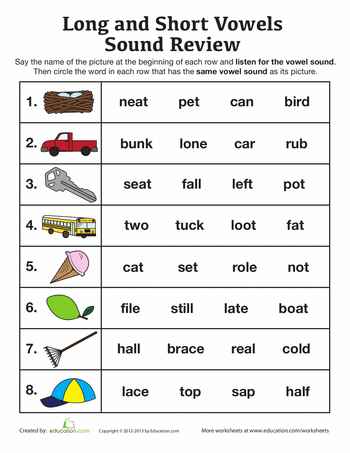 With the sound [k] is even more interesting - in writing it is displayed as k, c , or combinations of ck and ch :
With the sound [k] is even more interesting - in writing it is displayed as k, c , or combinations of ck and ch :
- k yte [kait]
- c lue [klu:]
- lu ck [lʌk]
- ch aos [ˌkeɪɒs]
Greek or Latin origin
- Such words are typically written [k] with ch or with 0:
ch ool, ch olera, c
- Often the sound [i] is represented by the letter y :
l y ric, s
- Sound [f] transmitted by combination ph
ph onic
- [r] is often written as rh :
rhinoceros
- [z] can be expressed as x :
x ylophone
Other spelling rules
How to write: ie or ei ?
i is written first, and then e , unless this combination is preceded by the letter c :
- f ie ld [fi:ld]
- c ei ling [ˈsiːlɪŋ]
(This rule only applies if the sound expressed by these letters is - [i:]).